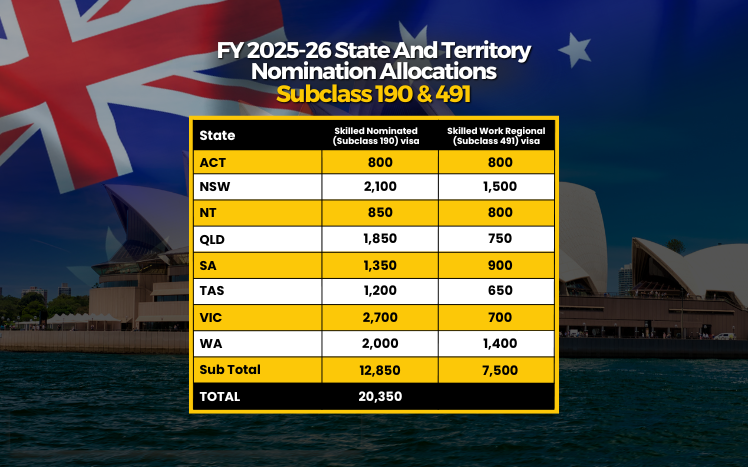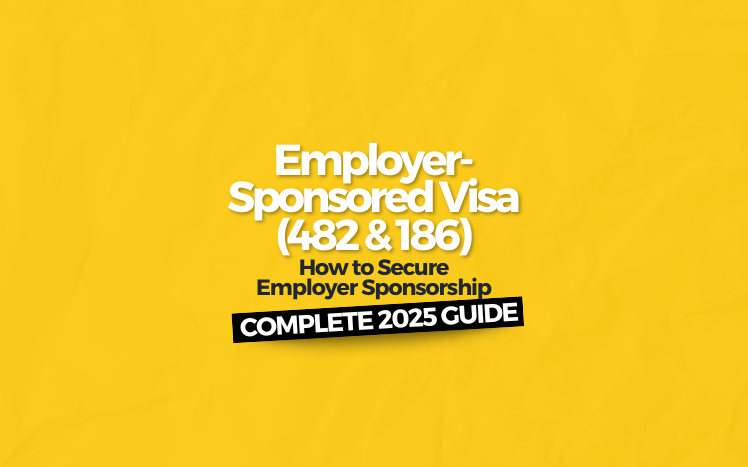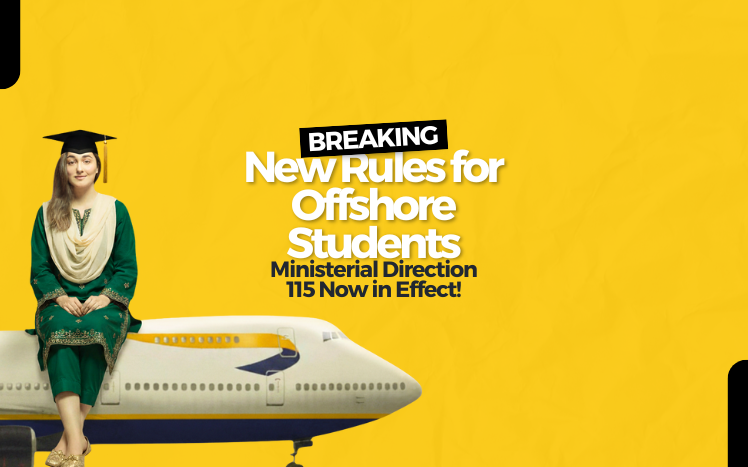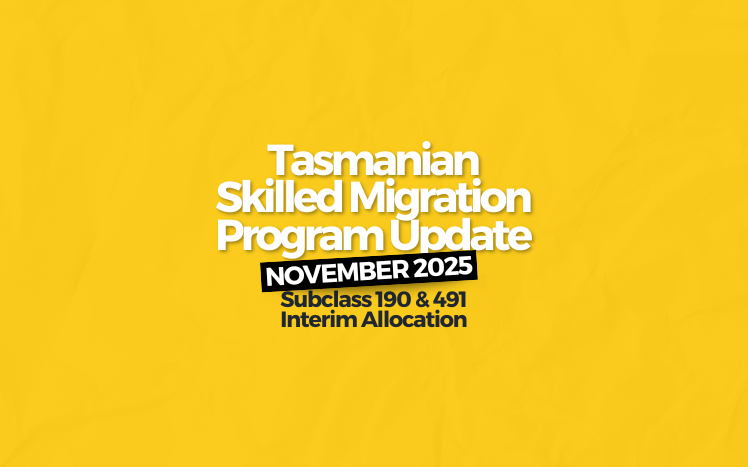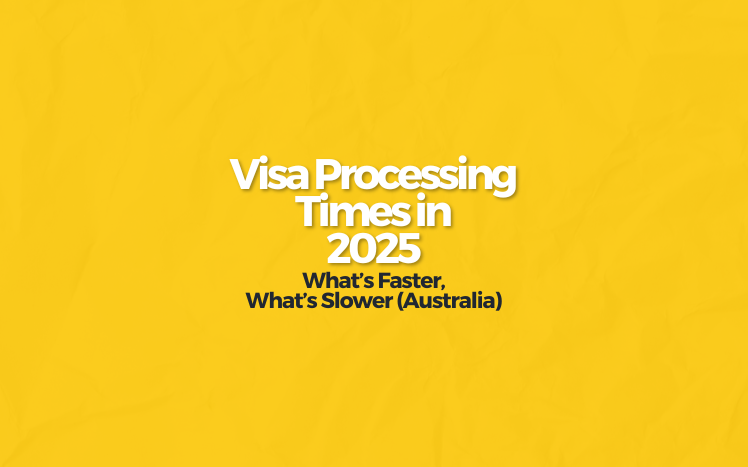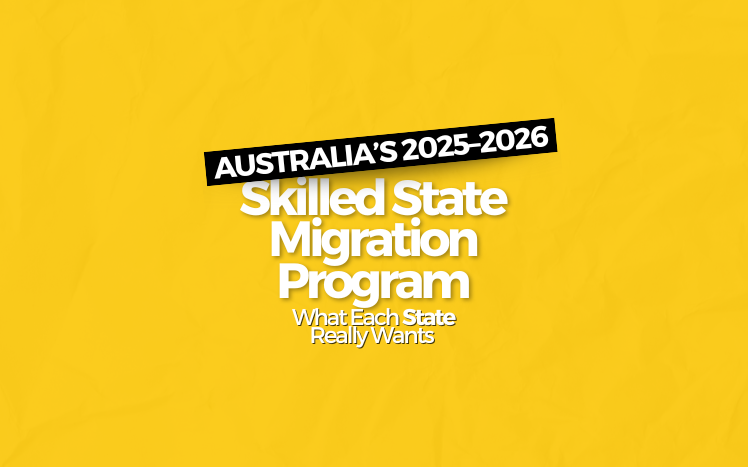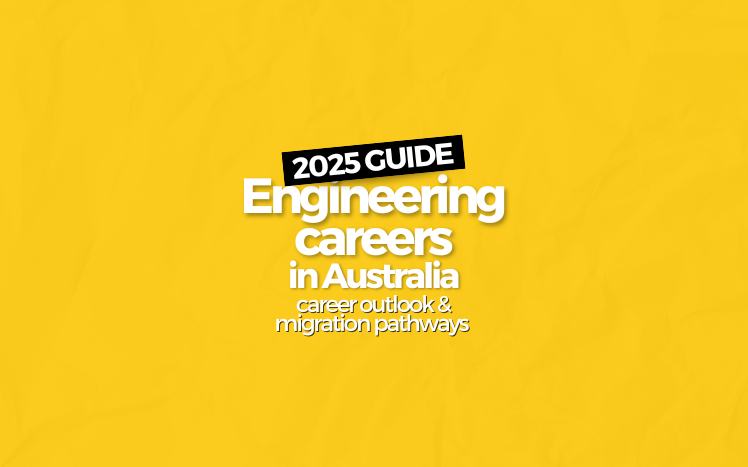What “Regional Australia” Means?
· “Regional Australia” — for migration incentives — generally means areas outside the major metro cities: Sydney, Melbourne and Brisbane.
· This includes both:
o “Major regional centres / smaller cities” (Category 2) — e.g. Perth, Adelaide, Gold Coast, Wollongong/Illawarra, Newcastle/Lake-Macquarie, Hobart, among others.
o “Other regional / rural / less populated areas” (Category 3) — smaller towns, regional centres, rural zones.
If you study or live in these areas (and meet other requirements), you become eligible for certain “regional-area incentives” under Australia’s migration/PR system.
What Are the Key Advantages of Regional Study for PR
Extra Points for Skilled Migration
· Completing a qualification in a designated regional area gives you +5 extra points under the points-based skilled migration visa system.
· This bonus can make the difference between reaching the points threshold or missing out — especially when competition is high.
Longer Post-Study Work Rights
· If you graduate from a regional institution and live/study in a regional area, you may get extended stay/work rights after finishing your degree under the Temporary Graduate visa (subclass 485).
· For many regional graduates, this means more time to gain relevant Australian work experience — crucial for future PR applications.
Better Chances for Employer or State Sponsorship
· Regional areas often face skill shortages (engineering, healthcare, trades, agriculture, etc.), making employers and local governments more willing to sponsor graduates who studied locally.
· For some state- or employer-sponsored visas (e.g. regional-specific visas), studying in regional Australia increases eligibility and favourability.
Lower Cost of Living — Financial Benefits
· Regional towns generally have lower rent, cheaper living costs, cheaper daily expenses compared with major cities.
· This can reduce financial pressure while studying or working, enabling you to save money — helpful if you plan to apply for PR, sponsorship, or other long-term plans.
Quality of Education & Lifestyle — More than Just PR
· Many regional universities provide good quality education, often with smaller class sizes, more personalised attention, and strong ties to local industry.
· Regional living can offer a safer, more community-oriented, relaxed lifestyle — easier integration, less stress, and better study-life balance.
Practical Pathways: How Regional Study + Visa Options Work
Here’s a simplified flow of how regional study can lead toward PR (or at least stronger PR prospects):

Important to note: The extra points and benefits usually apply only if you stay/studied/lived in a “designated regional area” as per government definitions.
What to Check / What to Be Cautious About
· Make sure campus / area is officially “regional”. Not all campuses outside big cities are automatically “regional” under visa rules — you must check the government’s regional area list.
· Duration requirements: Some incentives (extra post-study work years, second graduate visa eligibility) may require you to live and study in a regional area for a certain period.
· Course and occupation relevance matters: Studying in a regional area helps — but PR or skilled-migration success also depends heavily on your field, skills demand, and work experience after graduation.
· Regional shortage of job competition: While there are opportunities, regional areas may have fewer employers — you need to ensure your field matches regional demand.
· Lifestyle trade-offs: Regional life might mean less nightlife / fewer amenities compared with big cities. Useful to balance expectations.
Who Should Prefer Regional Study If Their Goal Is PR
If you are:
· Looking for maximum advantage under the points-based skilled migration (e.g. you’ll need every possible extra point).
· Open to living outside big cities and comfortable with regional/rural lifestyle.
· In a field with demand in regional areas (healthcare, engineering, trades, agriculture, etc.).
· Wanting more time after graduation to build work experience and a strong PR profile (via 485 + work + sponsorship).
· Budget-conscious and want lower living costs while studying/working.
— then regional universities / regional Australia is a very strong strategic choice.
What’s New & Relevant (2024–2025 Policy Context)
· The government continues to encourage regional migration, offering migration-incentives and extended post-study rights to regional-area graduates to help address skill shortages and relieve pressure on big metros.
· Many regional graduates make up a significant portion of international students who successfully transition to PR through skilled-migration pathways.
· Regional scholarships and funding support (e.g. under programs like Destination Australia) remain available to encourage international students to choose regional institutions.
Conclusion & Recommendation
Studying in regional Australia can be one of the smartest strategies to improve your Permanent Residency (PR) chances — especially if you plan carefully: pick a regional campus recognised under visa rules, choose a field in demand, stay and work in regional areas after graduation, and leverage the regional-study bonus points + extended work rights + employer/state sponsorship opportunities.








